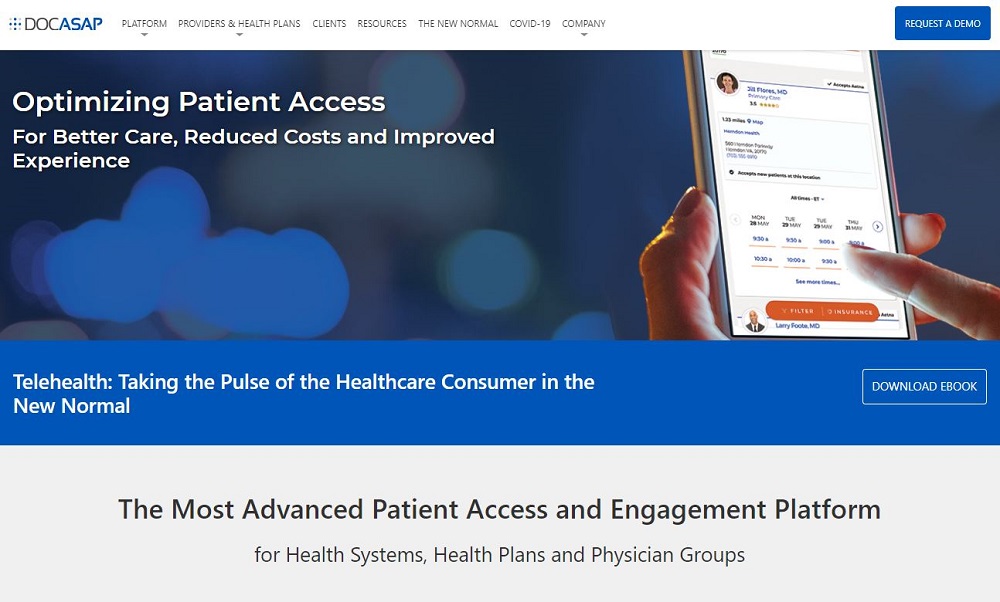A company’s website is the cornerstone of all marketing strategies and is the most important asset a marketing leader has at their disposal. As such, it is worth investing the time to make websites as complete and effective as possible. The last thing your website should do is annoy a visitor. Yet countless websites do just that with simple omissions.
Here are 5 website omissions that annoy visitors and are costing you business.
No Phone Number
Some marketers argue that having a live chat feature (where a visitor can start a chat conversation with a company representative) makes having a phone number on their website redundant. While this may be true for the portion of the audience that is digital-savvy, there are still significant numbers of visitors who prefer to speak with a fellow human being via the telephone.
Worried about spam calls? Use an automated attendant to better direct callers and to screen out robo-dialers (they don’t know how to navigate an automated attendant).
Pro tip: Be sure to make your phone number prominent – either in the header or footer of your website in a large enough font so it’s easy to spot (and dial).
Don’t cut yourself off from those potential leads by not having a phone number on your website.
No Office Address
When I don’t find an address on a website, I immediately think that the company is very early stage – so small that it doesn’t yet have a headquarters. Is this the thought you want a visitor to have? Even if you have to pay a small fee to have an address at a co-working space, it’s worth it.
Why is an address so important? Here are two reasons:
- If I am a prospect and would like to book a follow up meeting with your company, I want to know what time zone you operate in so that I can choose a convenient time.
- People like to find connection points. The more points of connection, the stronger the relationship and the more likelihood of a sale. If I am originally from or have lived in the city where a company operates, that is an additional point of connection.
I have spoken with some marketers who are afraid to put their address on their website because it’s a very small office or because they operate in a foreign country. My response is always the same: sooner or later a prospect is going to find this out and if it’s a problem for them, it’s far better to know early in the sales process instead of after wasting two or three meetings with someone.
No Clear Statement of What You Do
This is my #1 pet peeve with websites. As marketers, we sometimes get too cute with the way we describe companies. We say things with several fancy words when a simple one is better. I have made this mistake many times.
When someone new visits your website (not via a landing page, but actually goes directly to your homepage), it needs to be very clear what you do and who you are. If I can’t find that information within the first 20 seconds, I’m going to move onto another company.
Here’s a simple formula to use “We are Company X. We make/create/build a [product category] that helps [type of healthcare organization] solve [problem statement].”
DOCASAP does a good job on their website:
A visitor knows right away what they do (optimize patient access), what they make (a patient access and engagement platform), and who they make it for (health systems, health plans and physician groups). Simple language. Straightforward. Exactly what a new visitor to a company website wants to know.
No Leadership Team
I don’t know when this became a de facto standard, but nowadays every company has a photo gallery of their leadership team. Often there is also a short bio or a link to a profile page. When this leadership page is missing, it is a red flag for most visitors.
It is similar to when there is no office address – is the company so small that they don’t want people to know who is on their leadership team? Better to be up front about it and embrace who you are. It’s okay that you might only have 3 pictures on the page, it just means you are lean and nimble.
I use the leadership page when I’m on a non-video call with a company. It really helps to have their photos up on my screen when I’m talking to them.
No Call to Action
Having no call to action (CTA) is the gravest error of omission for a company website. Every page should have a clear CTA for visitors, preferably in the header and/or in the content of the page. The most common CTA is “Request a Demo” – which isn’t super-effective, but it’s better than nothing. “Download our Guide” or “Sign up for updates” are great CTA options.
CTAs do not have to be the most prominent item on the page. They can be subtle (ie: muted colors) and understated. However, they do need to be obvious (ie: shaped like a button, all caps, etc).
What other website omissions have you seen?








Add Comment